This February, HOS’ marine team returned to the Gulf of Kalloni, in Lesvos island to work together with the local fishers and study the interaction between seabirds and fishing vessels, under LIFE PanPuffinus!.
Kalloni Gulf constitutes one of the most important foraging sites for Yelkouan shearwaters (YS) throughout the Aegean Sea, especially at the beginning of the breeding season. Every year, from February till April, thousands of YS fly from the Black Sea back in the Aegean and assemble in the Gulf, for it being rich in fish stock. In 2024, up to 30000 YS were recorded entering the Gulf, forming large congregations to feed with “Hapsi”, as anchovies are locally known.
However, this foraging behaviour also carries risks: while diving to fish, the shearwaters often get entangled in fishermen’s nets, resulting in drowning. The accidental trapping of seabirds in fishing gear (bycatch) is one of the most important threats to these species. Therefore, in order to identify areas with an increased risk of accidental bycatch within and around the Gulf, satellite transmitters (GPS) were mounted on 7 birds, which were caught at sea, under LIFE MareNatura. Monitoring the routes provided by the transmitters allows us to better understand the daily and seasonal movements of the species, the areas of high importance and the threats they face. Initial data already show that the YS from the Kalloni Gulf extensively exploit the wider Aegean region, foraging before returning to their colonies for reproduction. Furthermore, our transmitters confirm again this year that the YS alternate shorter movements within the Gulf of Kalloni with longer trips to the Black Sea.
And here comes the most exciting finding: by catching the birds at sea, instead of in their colonies, we can discover new breeding colonies! Each new colony is an important step for the conservation of the species, as it allows us to identify breeding sites that should be included in the network of IBAs and thus propose targeted protection and management measures.
At the same time, our collaboration with the fishers continues. Together we are trialling measures that will mitigate accidental bycatch for the benefit of both the birds and the fishers, with the latter’s knowledge being invaluable for the success of this effort.
Kalloni Gulf constantly reminds us of its importance as one of the most productive marine ecosystems in Greece. The shearwaters and so many other seabirds rely on it – and through research and collaboration, we can ensure that they will continue to return every year.
Stay tuned – the next journeys will reveal even more secrets!
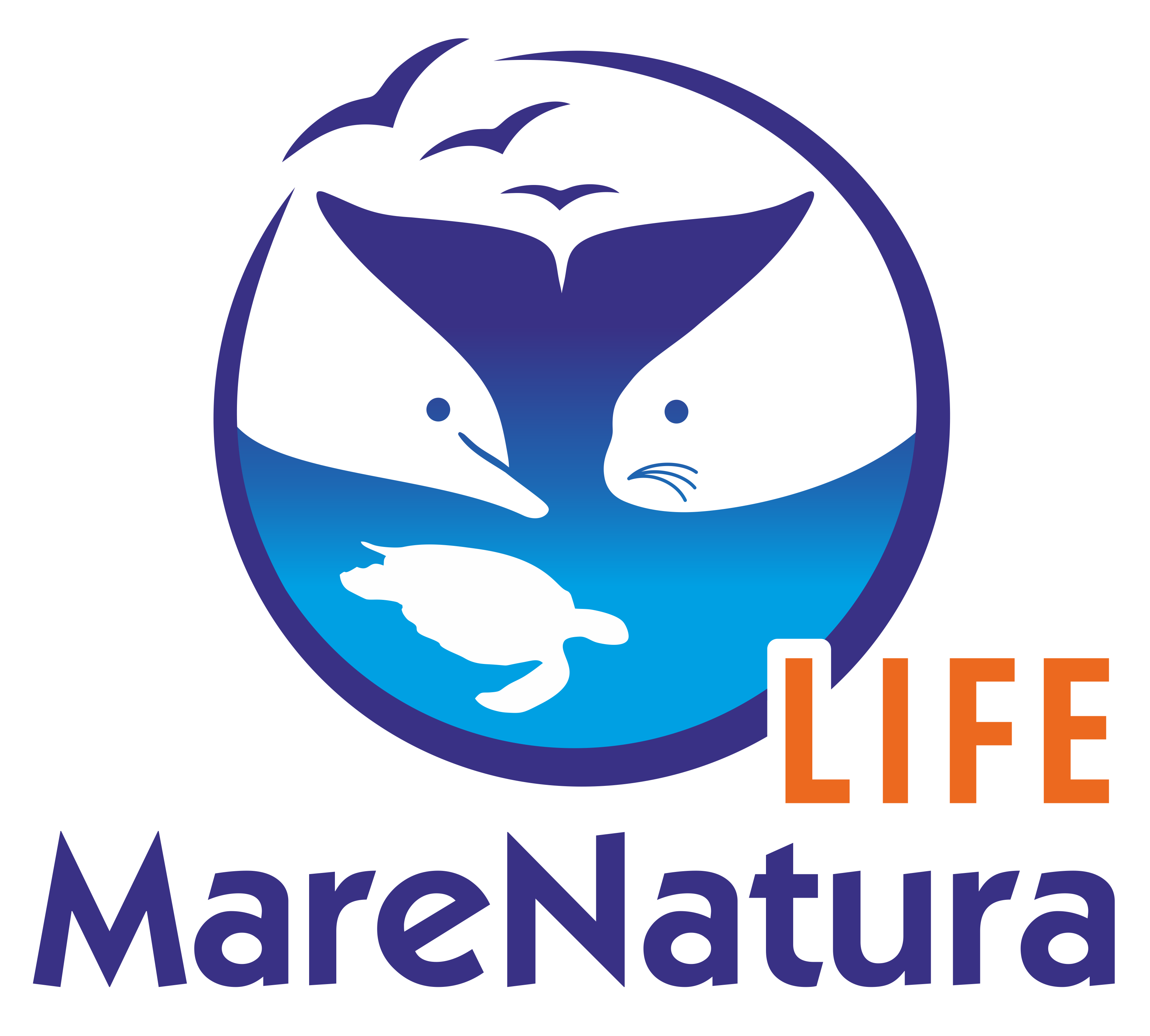
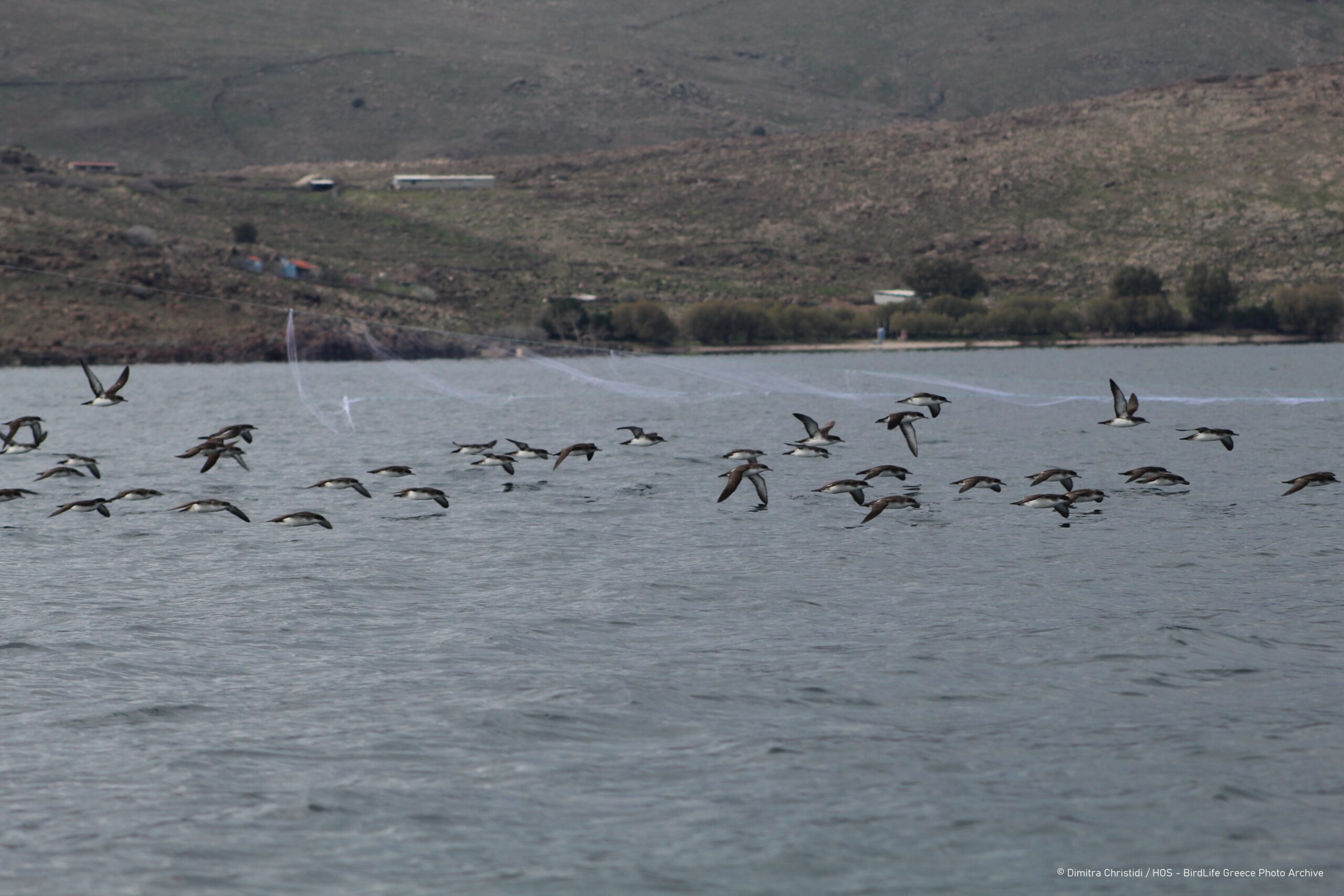

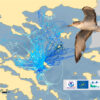

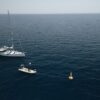
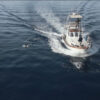
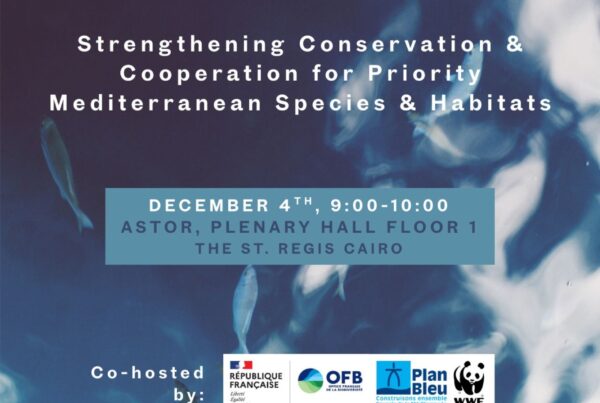
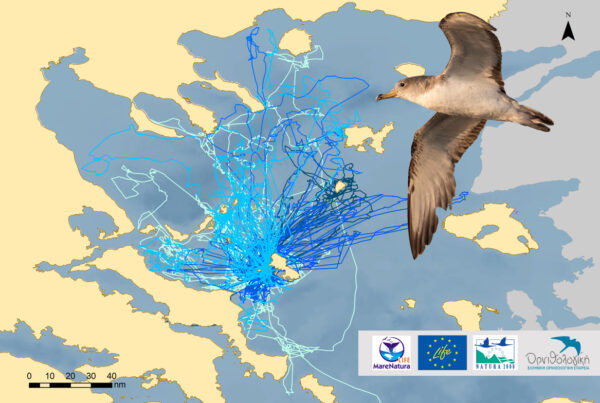
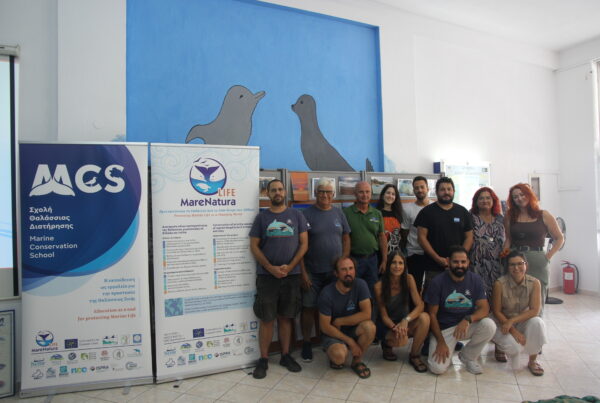


 Ελληνικά
Ελληνικά Italiano
Italiano